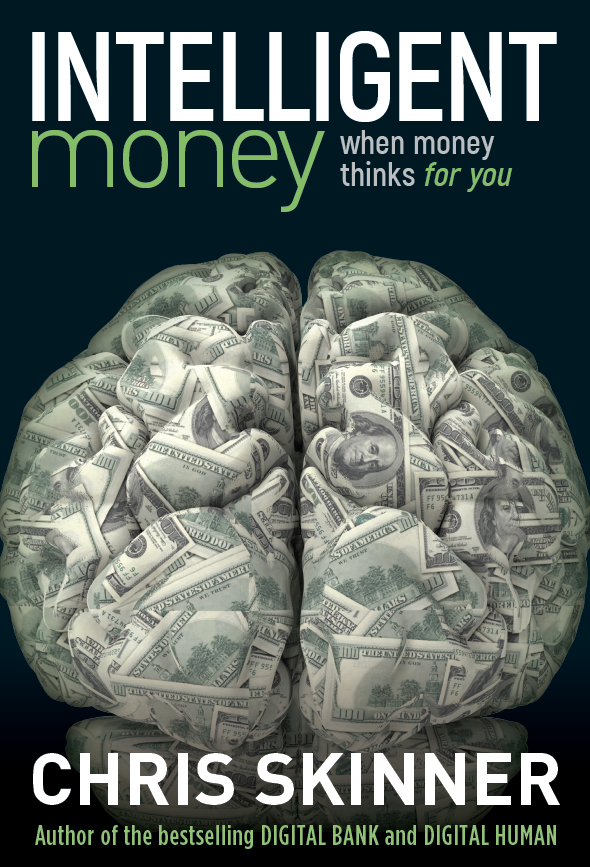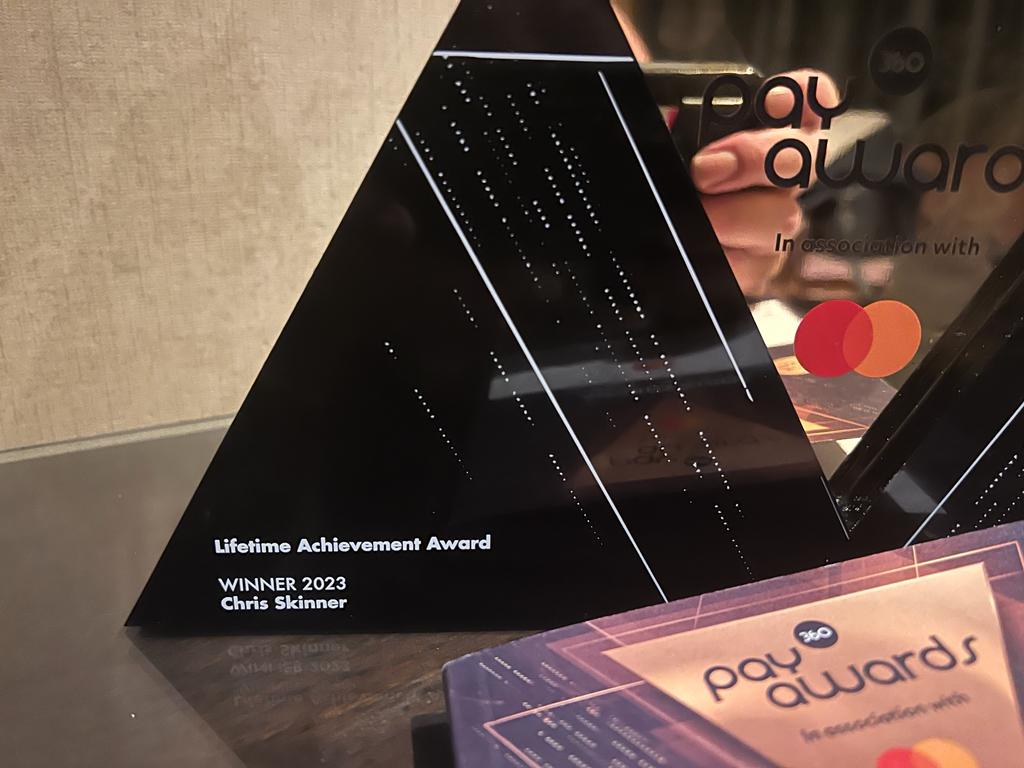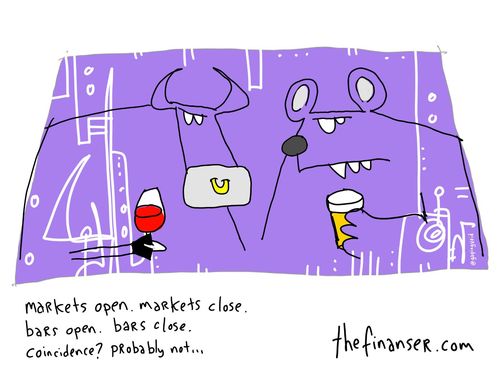I was chairing a conference about risk and regulation today,
and opened with the view the it is the culture of banking that needs to
change. You can force the change through
regulation, but if banks really want to be able to prosper post this crisis,
then it needs cultural reform. And it’s
not about the credit crisis or the sovereign debt crisis, but about the crisis
of confidence in the whole darn banking system post LIBOR, PPI and mortgage mis-selling,
money laundering and pulling the rug on lending.
At the core of all of this however is the balance between
risk and profit. That profit focus of
selling as much product as possible – PPI, mortgages, loans, credit – is what created
this debt-fuelled crisis and it was the over zealous acceptance of greed over
risk that reinforced it. This greed
above risk attitude is exemplified by people like Kweku Adoboli and Jerome
Kerviel but also, on a lesser level, by the remortgaged losers who took their
hard earned capital from their main asset – their home – in order to reinvest
in secondary assets – another home overseas.
I have friends in Ireland for example, who bought holiday
homes in Spain by remortgaging. Now their
main house is worth less than their mortgage and their second home is
worthless.
It’s all about the balance between greed and risk, risk and
profit.
So it’s interesting to hear that the balance has firmly
shifted towards risk management as the research firm Chartis presented at the
conference.
They estimate that banks will spend around $21
billion on risk management systems this eyar and $23 billion next.
Almost half of this spend is going into credit risk ($9
billion), around $4.5 billion is going into financial crime risk, $2
billion into market risk and $1.5 billion for operational risk, whilst
a billion goes towards liquidity risk.
A further $5 billion will be spent on integration projects.
That’s some budget.
About half of this (51%) is internal cost, whilst 24% is
software, 19% on services and a mere 6% on hardware.
These numbers are pretty mind numbing, but then so is losing a
trillion dollars or two, as illustrated by the total exposures and losses
throughout this crisis.
So it intrigues me that in our annual survey of banks, most are
still saying they have no real-time capability to see their intraday positions,
exposures and counterparty risks.
No wonder they are spending billions to fix this gap and for the
tech firms it must be like manna from heaven to find another area other than regulation
where you can tap into the bank CEO’s wallet.
Oh, hold on, it is regulation that is driving this isn’t it?
EMIR, Dodd-Frank, Basel III etc.
But the biggest driver should not be the regulation but the bank’s
desire to avoid exposing itself to further risks of the most fatal kind.
Reputational risk.
After all, it is the risk of further damaging client and governmental
confidence that will see banks becoming pawns of the economic chessmasters in
the future and, for many, that’s already happening.
So maybe they should have shut down the risks before they bolted
out the door.
Meantime, with $20 billion a year being spent on risk management,
let’s hope that the future risks have been firmly locked behind the door for
the future.
Chris M Skinner
Chris Skinner is best known as an independent commentator on the financial markets through his blog, TheFinanser.com, as author of the bestselling book Digital Bank, and Chair of the European networking forum the Financial Services Club. He has been voted one of the most influential people in banking by The Financial Brand (as well as one of the best blogs), a FinTech Titan (Next Bank), one of the Fintech Leaders you need to follow (City AM, Deluxe and Jax Finance), as well as one of the Top 40 most influential people in financial technology by the Wall Street Journal's Financial News. To learn more click here...




















